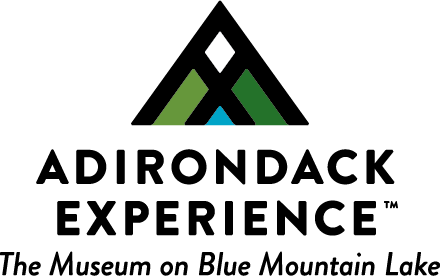
A cet été !
2024 Open Dates:
Friday, May 24, 2024 – Monday, October 14, 2024
Friday, May 24, 2024 – Monday, October 14, 2024
10am – 5pm | Open 7 days a week, including holidays
Start your local history research with a tour of the cemetery. There is more than just names and dates to be found. All the people laid to rest there had a story of their own. Cemetery research is all about starting at the end to find the beginning of that story.
Willsboro cemetery. c. 1973 (P039988)
The grave marker of Chauncey Hathorn tells a story. (P006753)
Image d'en-tête : John Brown’s grave in North Elba, NY. c. 1890 (P007917)
Lisez à haute voix : Les élèves peuvent suivre tout en écoutant. Cliquez sur ICI pour télécharger une copie de la transcription.
Vocabulaire : Explorer de nouveaux mots. Les élèves écoutent du vocabulaire de haut niveau en contexte. Demandez-leur ensuite d'en identifier la définition. Cliquez sur ICI pour la page de vocabulaire.
Long Lake Cemetery Quest. Click ICI to download a quest of the Long Lake, NY cemetery. Print it out double-sided on regular letter paper in landscape, with the margin on the short side. Fold in half to form a booklet.
Les élèves de niveau supérieur peuvent vouloir explorer certains sujets de manière plus approfondie.